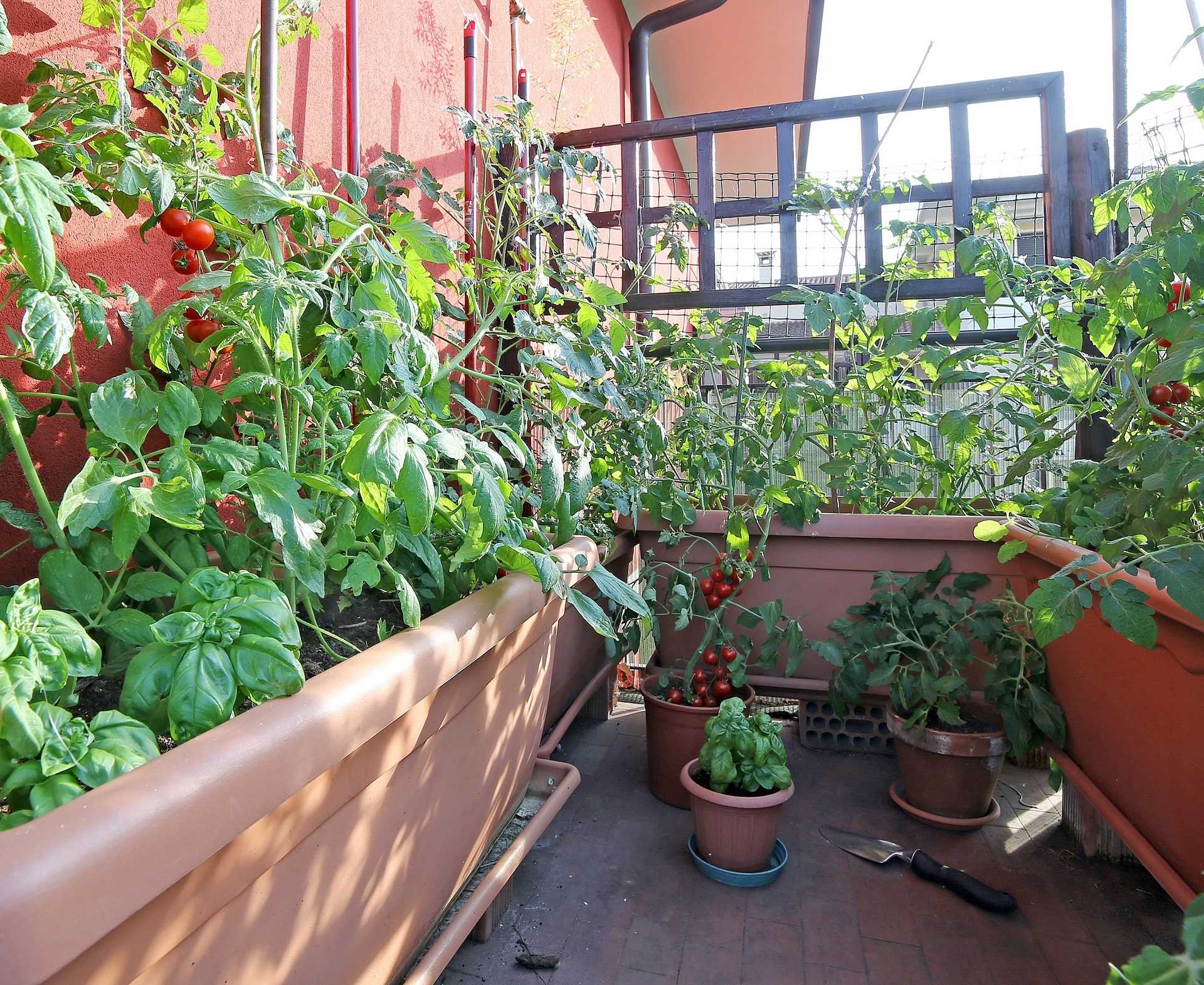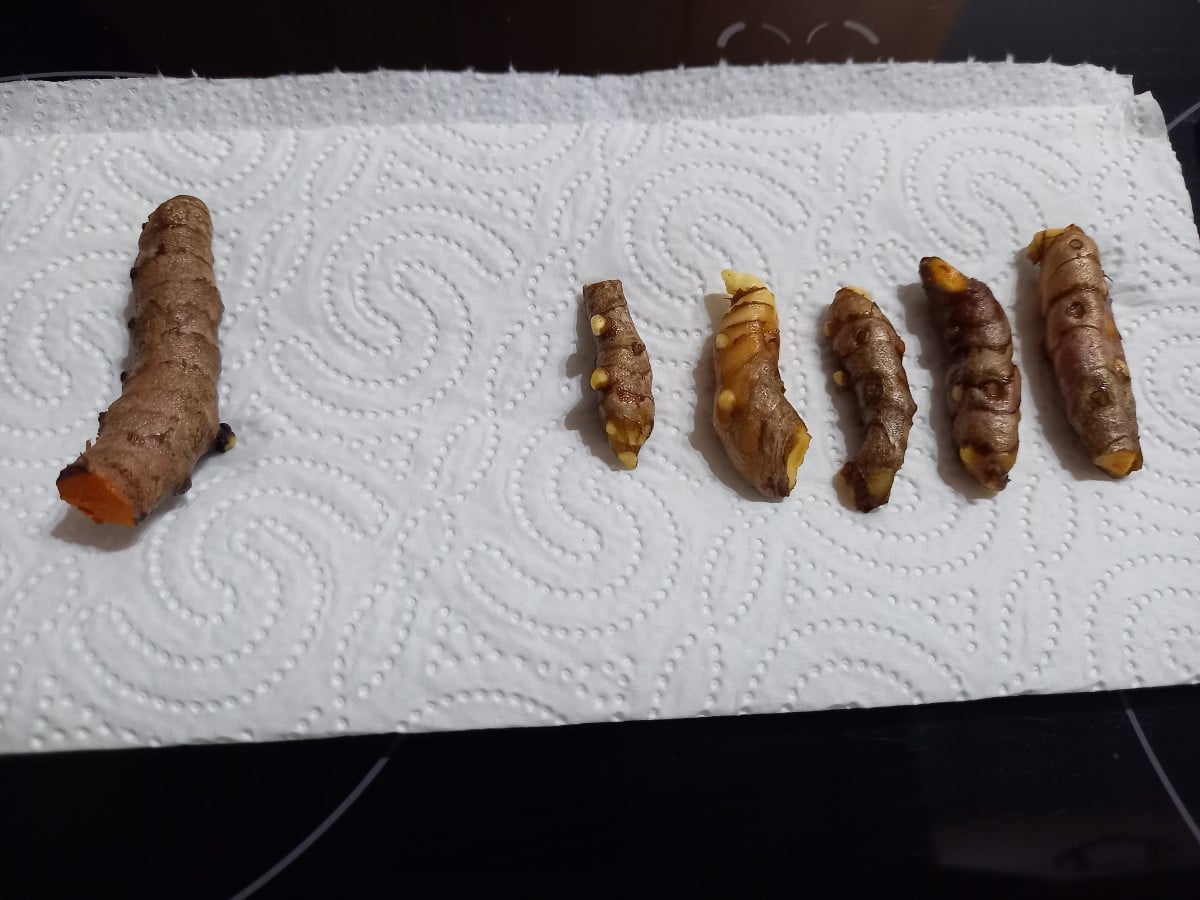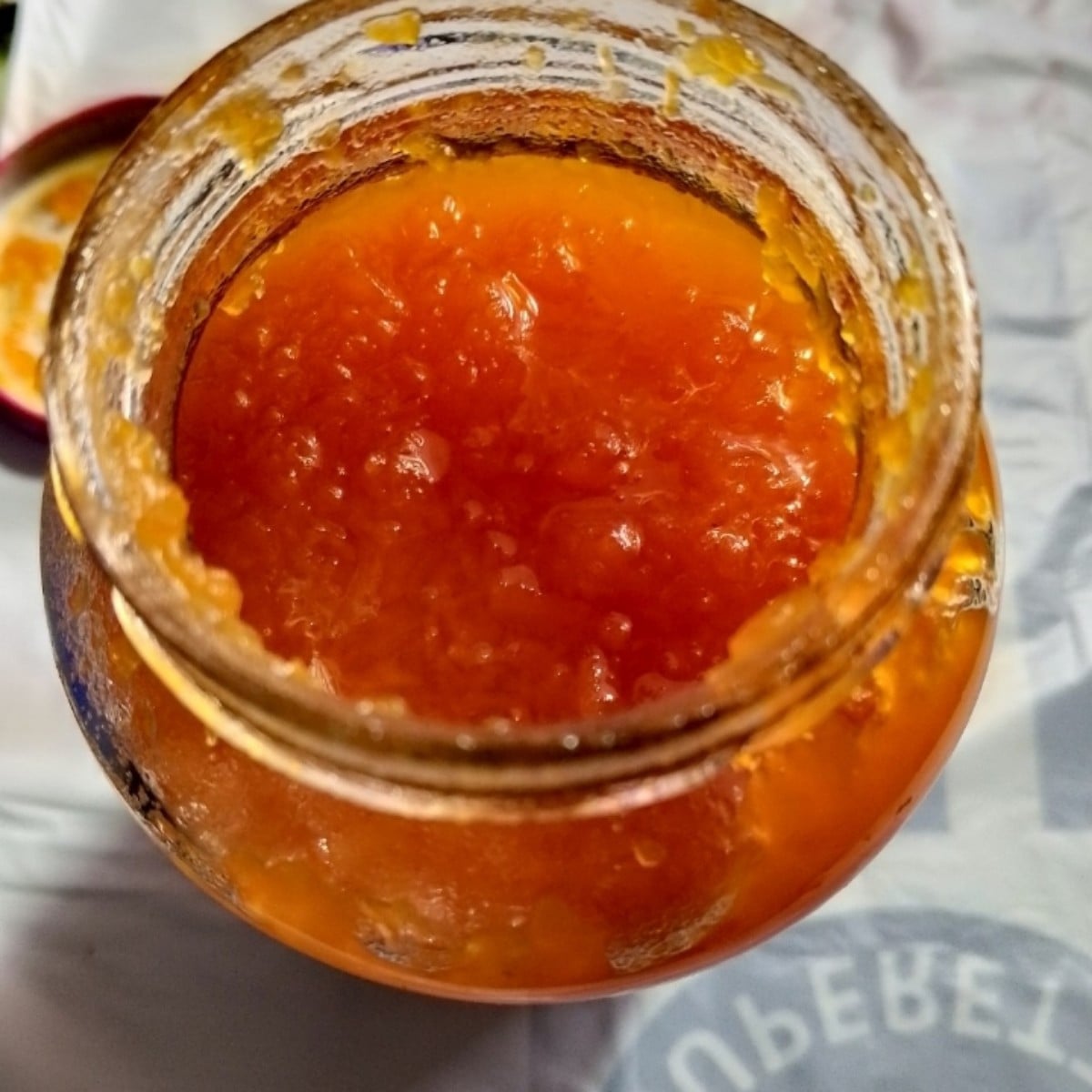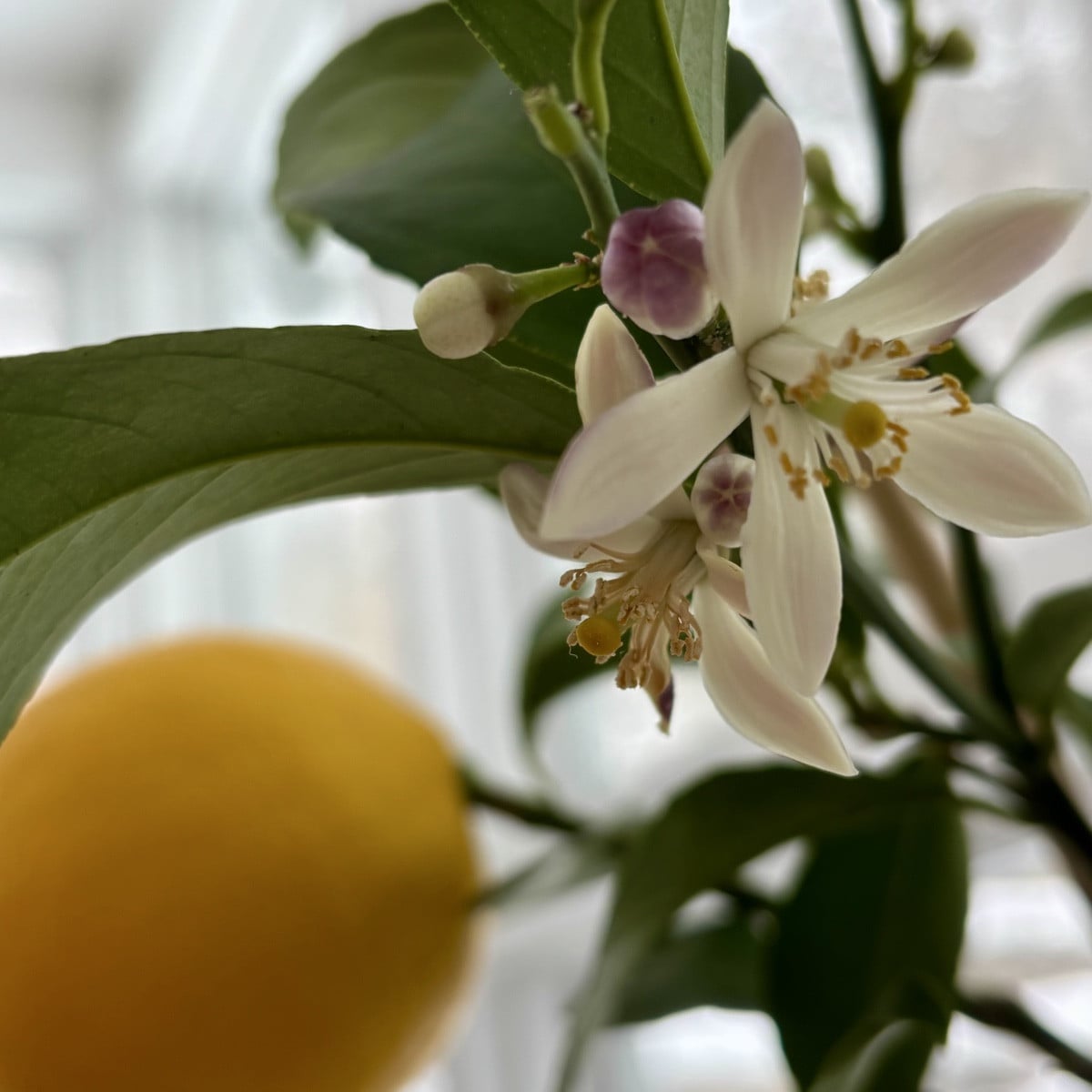
The Right Pot Size Makes All the Difference
You don't have a garden at your disposal, but still don't want to give up gardening? No problem! We'll show you how you can easily create your own little vegetable garden on your balcony. By becoming a pot gardener. However, this immediately raises a crucial question: How big does a pot actually need to be to grow a particular plant in it?
This Article Contains:
- Finding the Right Pot Size
- Which Pot Size for Which Plant?
- Planting Tomatoes in Pots
- The Right Pot Size for Peppers & Chili
- Zucchinis on the Balcony
- Growing Eggplants in Pots
- Beans in a Pot: Is That Possible?
- Salad on the Balcony
- Growing Beetroot in a Balcony Box & Pot
- Radishes on the Balcony
- Table: Suitable Pot Sizes for Vegetables
- Your Planting Plan for the Balcony
- Frequently Asked Questions About Pot Sizes
Quick Overview
Pot Sizes for Plants on the Balcony
- The right pot size depends on the height, growth habit and rooting depth of the plant.
- Small plants such as radishes, beet or lettuce only need a small pot with a capacity of 5 to 10 liters/4.4 - 8.8 quarts or a balcony box.
- Bush tomatoes, peppers, chilies and eggplants need a little more space with a pot size of 10 to 15 liters/8.8 - 13.2 quarts.
- Pole tomatoes and zucchini plants need a large pot of between 20 and 60 liters/ 17.5 and 52.6 quarts.
Finding the Right Pot Size
First of all, of course, it depends on which plants you would like to have in your urban garden and how much space you have available.
Rules of Thumb for the Right Pot:
- The optimum pot size for a plant depends on 3 factors: Its natural growth height or growth habit, its average rooting depth and the variety.
- A pot that is too large can cause great damage under certain circumstances. Of course, the plant has more space for its roots and can therefore grow larger. However, if the roots take too long to root through the lower part of the pot, the moist soil there can start to rot.
- A pot that is too small is also not ideal. If the plant does not have enough space to spread its roots properly, this will greatly reduce its ability to grow. In addition, pots that are too small, especially for larger plants such as zucchinis, can quickly lead to a lack of nutrients due to insufficient soil volume. If left untreated, this will lead to a lower yield, a stop in growth or possibly even the premature death of your plant.

Want to Plan a Balcony Garden With Pots?
With our bed planner, you can easily plan a colourful mixed crop for your balcony. Good and bad neighbours are displayed directly, as well as information on the location requirements of the plants. So you can see whether these plants are suitable for your balcony.
Plan Your Balcony Garden NowWhich Pot Size for Which Plant?
To prevent all this from happening in the first place, we will now tell you which pot size is suitable for which plant species.
Planting Tomatoes in Pots
For tomatoes, the pot size depends heavily on the growth habit of the individual varieties and how large you want the plant to grow.
- For pole tomatoes, the pot should hold at least 20 liters/ 17.5 quarts, but it can also be larger (e.g. 40 liters/35.1 quarts). The tomato plant can then form more leaf mass and give you more tomatoes.
- For bushy tomato varieties or special balcony varieties, smaller pots of 10 - 15 liters/8.8 - 13.2 quarts or even the balcony box itself are often sufficient to produce a decent fruit yield.
The Right Pot Size for Peppers & Chili
Bell pepper and chili plants behave similarly to tomatoes, but are much more frugal when it comes to space. A bell pepper plant can already produce a high yield of fruit in a 10 - 15 liter/8.8 - 13.2 quart pot. However, when choosing a pot, you should also ask yourself how big the bell pepper or chilli is going to be later on.
Zucchinis on the Balcony
Zucchinis are a relatively hungry and thirsty crop (a so-called "heavy feeder"). Due to its high water and nutrient requirements, the pot should be large. 40 liters/35.1 quarts is the minimum for a zucchini, a 60 liter/52.6 quart pot would be even better.
Growing Eggplants in Pots
In contrast to the zucchini, the eggplant, also known as "melanzani", is another relatively undemanding plant. A pot with a volume of 10 to max. 15 liters/8.8 - 13.2 quarts, a sunny spot and regular watering are all your eggplant needs to grow.
Beans in a Pot: Is That Possible?
Bean plants are good self-supporters. They have the ability to obtain nutrients in a special way. They do this by forming a symbiosis with small bacteria on their roots, which help them to absorb nutrients. As a result, they do not need to develop a large root network to obtain sufficient nutrients and therefore do not require a lot of space. A 5 - 10 liter pot/4.4 - 8.8 quarts is completely sufficient for 2 - 3 bean plants. Important: Don't forget the climbing support!
Salad on the Balcony
Picking lettuce is probably the favorite of all pot gardeners. Due to the fact that it only has a very shallow rooting depth (approx. 10 cm/3.9 in), it requires the least space of all the species mentioned here. A 5 liter/4.4 quarts pot is more than enough for a single lettuce plant, which is why it is also ideal for growing in balcony boxes.
Growing Beetroot in a Balcony Box & Pot
Beetroot is just as suitable for growing in a balcony box as lettuce. The easiest way is to harvest the beetroot small or use the leaves of the young plants for delicious salads. Of course, you can also wait until the beets are fully grown. However, you should make sure that you leave enough space for the individual beets to fully expand. To do this, either sow with a slightly greater distance between them or thin out the sprouted young plants after a few weeks.
Radishes on the Balcony
Radishes are also suitable for growing in a balcony box. But here too, you should make sure that you sow with sufficient spacing so that the small turnips can develop without any restrictions.
Table: Suitable Pot Sizes for Vegetables
| Plant | Pot Size in Liters/Quarts |
|---|---|
| Aubergines | 10 - 15 litres/8.8 - 13.2 quarts or a balcony box |
| Beans | 5 - 10 litres/4.4 - 8.8 quarts or balcony box |
| Bush tomatoes | 10 - 15 litres/8.8 - 13.2 quarts or a balcony box |
| Pepper & Chili | 10 - 15 litres/8.8 - 13.2 quarts or a balcony box |
| Radish | 5 - 10 litres/4.4 - 8.8 quarts or balcony box |
| Beetroot | 5 - 10 litres/4.4 - 8.8 quarts or balcony box |
| Pole tomatoes | 20 - 40 litres/17.5 - 35.1 quarts |
| Salat | 5 - 10 litres/4.4 - 8.8 quarts or balcony box |
| Courgette | 40 - 60 litres/35.1 - 52.6 quarts |
Your Planting Plan for the Balcony
As inspiration for growing vegetables on the balcony in raised beds, tubs or pots, we have prepared bed plans for you.
If you think about how much space you have available in your urban garden right from the start and which plants are suitable, then nothing will stand in the way of your pot garden adventure. If you have any questions or comments, please write to us at [email protected].
Want to get helpful gardening tips all year round and plan your own beds in the best possible way? Then register here or download the Fryd app for Android or iOS.
Fryd - Your digital bed planner

Eric
Eric is 23 years old and has been studying agricultural sciences at the University of Hohenheim since 2015. Together with a friend, he has been cultivating an allotment garden in Stuttgart since 2017.
Learn MoreCurrent Topics in the Community


Liked 4 times
Hello folks, Today, after almost a year, I took my turmeric plant out of the flower pot that was on our windowsill. I think it's not bad for a 14x14 pot without any special care. On the left is the mother rhizome, which is also edible.
Show 2 answers
Liked 13 times
Pumpkin jam Cinnamon sticks are added for flavor. It tastes great, do you make pumpkin jam in Europe?
Show 5 answers
Liked 19 times
There's snow outside, but inside it smells of citrus blossom 🥰🍋🌸
Show 1 answerPopular Articles

Overwintering Parsley: How to Do It Successfully

How to Grow Lettuce in Winter: Varieties, Sowing, Harvesting

Growing Sage Plant: Tips for Sowing and Harvesting

What Herbs Can Be Planted Together?

Create & Design a Permaculture Garden

Overwintering Plants: Tubs, Pots and Raised Beds

Pruning, Fertilizing & Propagating Currants: Care Tips

Pruning Raspberries: How to Do It

Vegetable Garden With Greenhouse: How to Use Greenhouse Effect

Winterizing Beds and the Garden: How to Do It
FAQ
Which pot size to choose for zucchinis?
Zucchinis are hungry and thirsty plants and need a pot with a capacity of 40 to 60 liters/35.1 - 52.6 quarts.
How big should a pot for peppers be?
Bell pepper and chili plants need a pot of about 10 to 15 liters/8.8 - 13.2 quarts. They are quite frugal with space.
Which plants can I grow in a balcony box?
You can grow lettuce, beans, bush tomatoes, peppers, chili peppers, radishes or beet in a balcony box. But you can also plant flowers and herbs in a balcony box without any problems.
How much space does a tomato need?
Tomatoes need different amounts of space depending on their growth habit. Bush tomatoes are frugal and need 10 - 15 liter/8.8 - 13.2 quarts pots. Pole tomatoes, on the other hand, need more space and you should choose a pot with 20 to 40 liters/17.5 to 35.1 quarts.